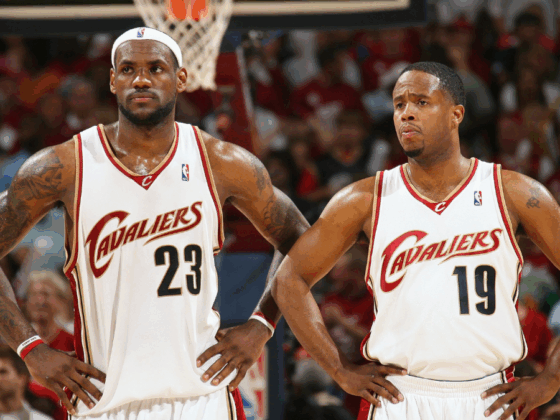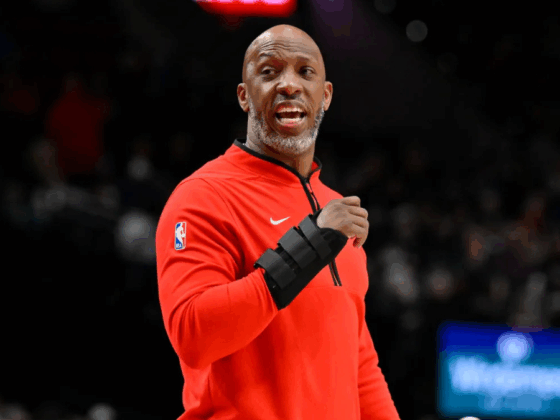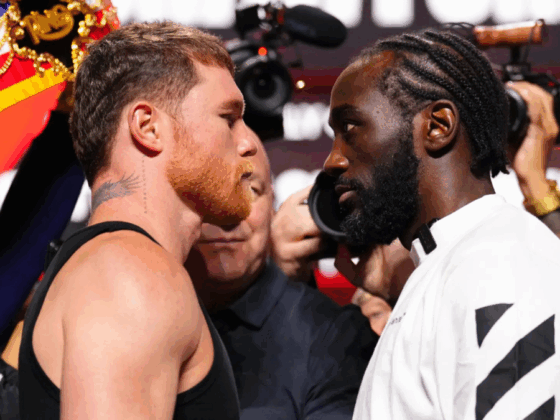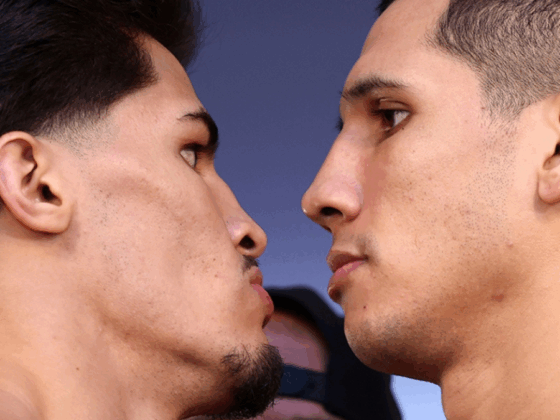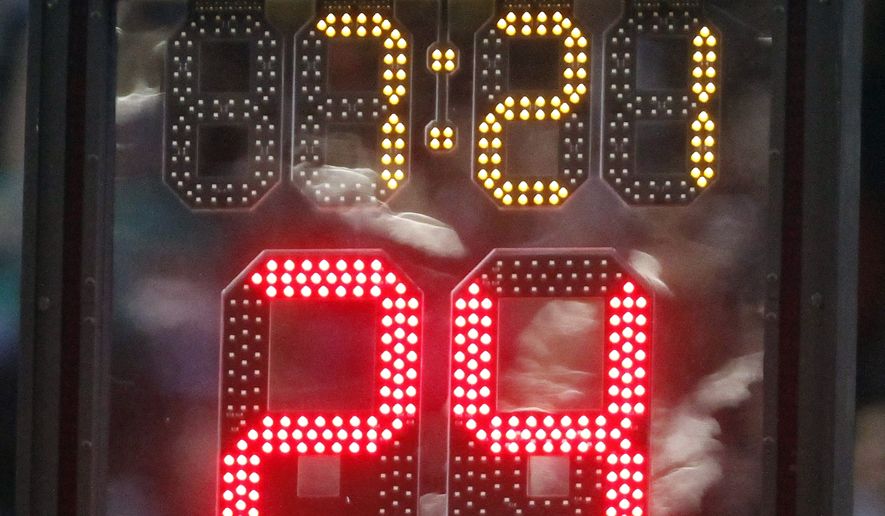
The NBA is probably at the peak of its popularity in the United States, right now. The level of talent throughout the league, the rising cap space as a result of a new TV deal, and the TV ratings all show this to be true.
But there are certain issues that the league should still be looking to fix. One of the major ones is the speed of close games. Too many times, the excitement of a close contest is ruined by multiple stoppages through intentional fouling and timeouts. The NBA has not found a solution for this yet, and there have been no indications that they are truly looking to find one.
Nevertheless, it’s not completely out of the realm of possibilities that the NBA changes something to continue to evolve the game. That’s why, according to ESPN’s Zach Lowe, the league will be watching this summer’s The Basketball Tournament (a high-profile summer basketball league in its fourth year of existence) to analyze a new procedure for the ending of games:
So he landed on a compromise: This edition of TBT will use Elam’s rule over the last four minutes of every play-in game among teams competing for the final four spots in the real tournament — 12 games in all.
Those games will be streamed. The NBA will be watching. Groups within the NBA’s basketball strategy and referee operations departments already meet for weekly (or almost weekly) brainstorming sessions to kick around unconventional ideas just like this. It will be some poor staffer’s summer job to track those dozen games.
“We will definitely watch it,” [NBA Vice President of Basketball Operations Kiki] Vandeweghe said. “We’ll look at all of the data and see what comes out of it.”
So what is this rule that the league is so interested in? Well, it’s a doozy. Allow Lowe to explain:
Elam landed on something more radical: eliminate the game clock from crunch time. Under Elam’s proposal, the clock would vanish after the first stoppage under the three-minute mark in the NBA and the four-minute mark in NCAA games. Officials would establish a target score by taking the score of the leading team and adding seven points — then restart the game without a clock. The team that reaches that target score first wins.
In simpler terms: If the Clippers lead the Jazz 99-91 when Rudy Gobert hacks DeAndre Jordan with 2:55 left, the game then becomes a race to 106 points. Utah must outscore the Clippers 15-6 to win.
The idea was construed by 34-year-old Nick Elam who has sent a presentation detailing his findings and his theory to basketball people worldwide and gained the attention of many, even within the NBA.
It’s certainly a radical idea. It would effectively make the game clock nonexistent late in games, in turn taking away the incentive of intentionally fouling to prolong the game.
Whether this idea will work or not probably isn’t much of a question. There would still be some fouling and some late-game timeouts, but it should in theory drastically reduce the number of both of those. The question is whether this is too much of a gimmick or if other methods could adequately have the same effect without such a drastic change to the rules. After all, The Basketball Tournament was offered the ability to test the new concept after it was deemed even too dramatic for the NBA D-League.
Nevertheless, it’s an interesting idea and the NBA is wise to consider all options.

